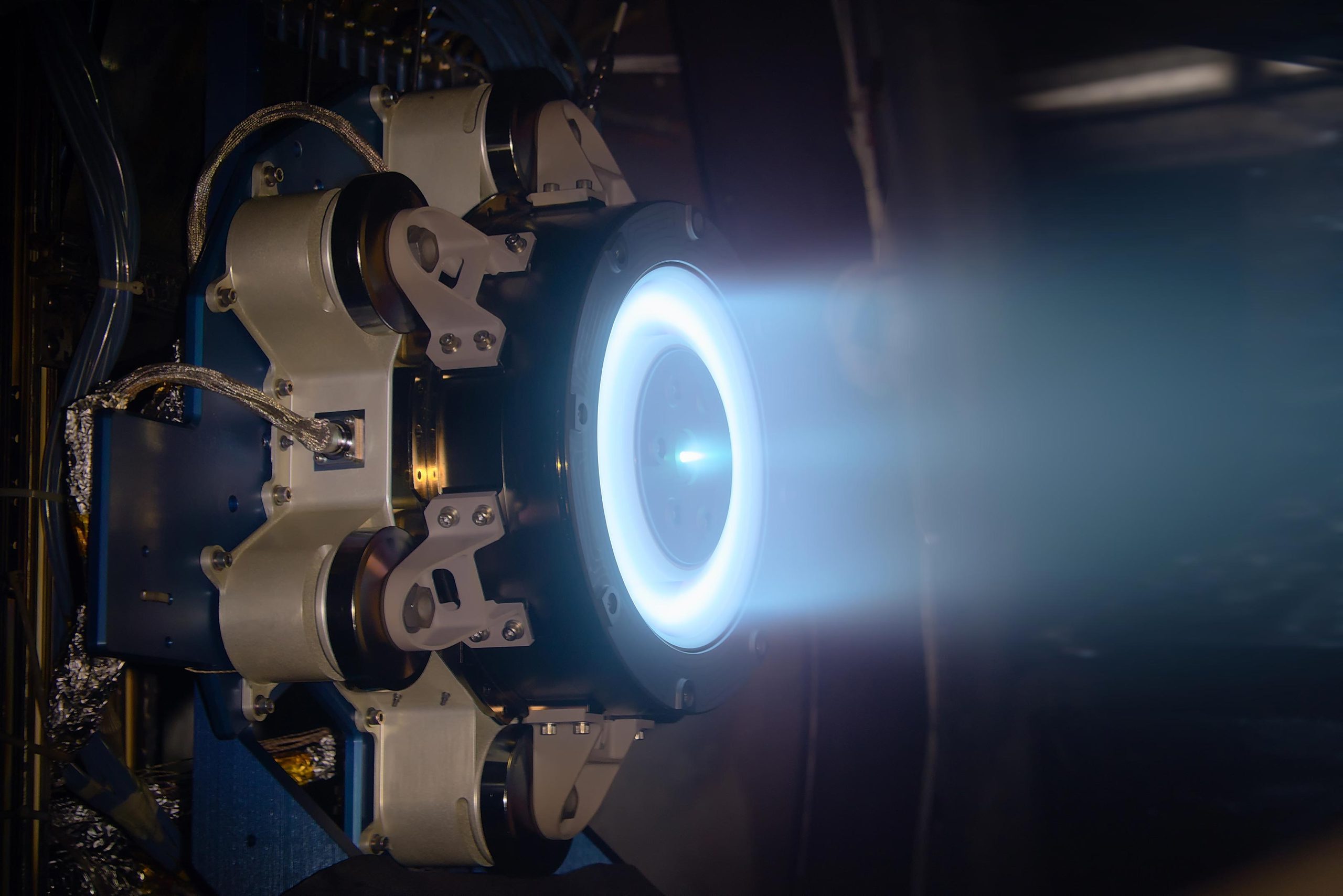
Electric propulsion is transforming how we think about transportation and space travel. But what exactly is it? Electric propulsion uses electrical energy to accelerate propellants, creating thrust. This technology is not just for futuristic sci-fi movies; it’s already in use today. From electric cars zipping through city streets to spacecraft exploring the cosmos, electric propulsion offers a cleaner, more efficient alternative to traditional fuel-based systems. Imagine a world where vehicles produce zero emissions and space missions become more cost-effective. Intrigued? Let’s dive into 22 fascinating facts about this groundbreaking technology that’s shaping our future.
What is Electric Propulsion?
Electric propulsion is a technology used to propel spacecraft and other vehicles using electricity. It offers several advantages over traditional chemical propulsion systems, including higher efficiency and longer operational life.
-
Electric propulsion systems use electricity to accelerate propellant. This method is more efficient than chemical propulsion, which relies on combustion.
-
There are different types of electric propulsion systems. These include ion thrusters, Hall effect thrusters, and magnetoplasmadynamic thrusters.
-
Ion thrusters are one of the most common types. They use electric fields to accelerate ions, creating thrust.
-
Electric propulsion is ideal for long-duration missions. Its high efficiency allows spacecraft to travel farther using less fuel.
-
NASA's Dawn spacecraft used electric propulsion. This enabled it to visit and study two different asteroids, Vesta and Ceres.
Advantages of Electric Propulsion
Electric propulsion offers numerous benefits that make it an attractive option for space missions and other applications.
-
Electric propulsion systems are more fuel-efficient. They use less propellant compared to chemical rockets, making them ideal for long missions.
-
They produce less heat. This reduces the need for extensive cooling systems, saving weight and space.
-
Electric propulsion systems can operate for longer periods. Their efficiency allows for extended missions without the need for frequent refueling.
-
They are more environmentally friendly. Electric propulsion produces fewer emissions compared to traditional chemical propulsion.
-
Electric propulsion systems are quieter. This makes them suitable for applications where noise reduction is important.
Applications of Electric Propulsion
Electric propulsion is used in various applications, from space exploration to satellite positioning and even potential future uses in aviation.
-
Electric propulsion is used in satellite station-keeping. It helps maintain a satellite's position in orbit with minimal fuel consumption.
-
It is also used for deep space missions. The efficiency of electric propulsion makes it ideal for long journeys to distant planets and asteroids.
-
Electric propulsion is being explored for use in aircraft. Researchers are investigating its potential to reduce fuel consumption and emissions in aviation.
-
It can be used for orbital transfers. Electric propulsion systems can move satellites from one orbit to another more efficiently than chemical rockets.
-
Electric propulsion is used in space tugs. These vehicles can move other spacecraft or debris in space, helping to manage space traffic.
Challenges of Electric Propulsion
Despite its advantages, electric propulsion also faces several challenges that need to be addressed.
-
Electric propulsion systems require a power source. This can be a limitation for missions where power availability is restricted.
-
They produce lower thrust compared to chemical rockets. This means they are not suitable for all types of missions, especially those requiring rapid acceleration.
-
Electric propulsion systems can be complex. Their design and operation require advanced technology and expertise.
-
They can be expensive to develop and deploy. The initial costs of electric propulsion systems can be higher than traditional chemical propulsion.
-
Electric propulsion systems need to be tested in space. Ground-based testing is not always sufficient to validate their performance in the harsh conditions of space.
Future of Electric Propulsion
The future of electric propulsion looks promising, with ongoing research and development aimed at overcoming current challenges and expanding its applications.
-
Advancements in power generation are key. Improved solar panels and nuclear power sources could provide the necessary energy for electric propulsion systems.
-
New materials and technologies are being developed. These innovations could enhance the efficiency and performance of electric propulsion systems, making them more viable for a wider range of missions.
The Future of Electric Propulsion
Electric propulsion is transforming how we think about travel and technology. From electric cars reducing our carbon footprint to spacecraft exploring the cosmos, this technology is pushing boundaries. It's not just about efficiency; it's about sustainability and innovation. Electric motors offer quieter, cleaner alternatives to traditional engines, making them ideal for urban environments. As battery technology improves, expect even longer ranges and faster charging times. The potential for renewable energy integration means a future where our vehicles could be powered by the sun or wind. This shift isn't just a trend; it's a necessary evolution for a greener planet. With advancements happening rapidly, electric propulsion is set to become a staple in our daily lives. Embracing this change means contributing to a more sustainable, innovative future.
Was this page helpful?
Our commitment to delivering trustworthy and engaging content is at the heart of what we do. Each fact on our site is contributed by real users like you, bringing a wealth of diverse insights and information. To ensure the highest standards of accuracy and reliability, our dedicated editors meticulously review each submission. This process guarantees that the facts we share are not only fascinating but also credible. Trust in our commitment to quality and authenticity as you explore and learn with us.


